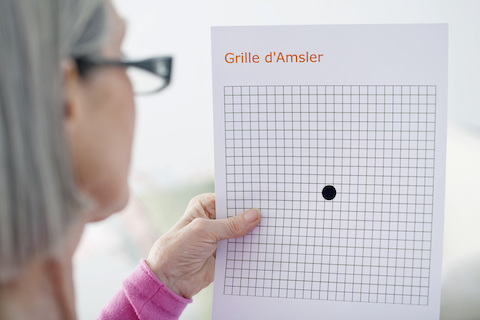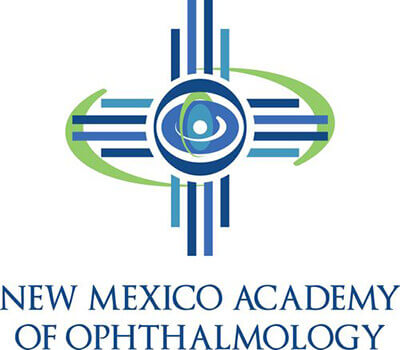Age-related macular degeneration protection

Published in the Albuquerque Journal on Tuesday, February 4th, 2020

Age-related macular degeneration is one of the leading causes of blindness over age 50, affecting about 2.1 million people nationwide.
Early diagnosis and treatment are the keys to preventing vision loss. During February, the New Mexico Academy of Ophthalmology joins the American Academy of Ophthalmology in educating the public about the facts on AMD.
AMD is a degenerative disease that happens when part of the retina called the macula is damaged. It’s the part of the eye that delivers sharp, central vision needed to see objects straight ahead. Over time, the loss of central vision can interfere with everyday activities, such as the ability to drive, read and see faces clearly.
The Academy offers these seven steps to help people take control of their eye health.:
Get regular comprehensive medical eye exams: AMD often has no early warning signs, so getting regular comprehensive eye exams from an ophthalmologist is critical to diagnosing and treating the eye disease in its early stages.
The Academy recommends that adults with no signs or risk factors for eye disease get a baseline eye disease screening at age 40 – the time when early signs of the disease and changes in vision may start to occur.
By age 65, the Academy recommends getting an exam every one to two years, even in the absence of symptoms or eye problems.
Quit smoking: Numerous studies show smoking increases the risk of developing AMD, and the speed at which it progresses. Smokers are twice as likely to develop macular degeneration compared with a nonsmoker.
Eat a well-balanced diet: Many studies demonstrate that eating a diet rich in fruits, vegetables and nutrient-packed foods, such as salmon and nuts, may reduce the risk of AMD.
Research also suggests that patients who ate fresh fish, an important source of omega-3s, were at lower risk of developing AMD.
Take the right kind of vitamins: Vitamins can delay progression of advanced AMD or advanced AMD in one eye. But make sure it’s the right combination of vitamins.
A recent study found that some of the top-selling products do not contain identical ingredient dosages to eye vitamin formulas proven effective in clinical trials.
Exercise regularly: Exercising three times a week can reduce the risk of developing wet AMD by 70%. Studies also show that physical activity may lower the odds of both early and late stages of AMD.
Monitor your sight with an Amsler Grid: This simple, daily routine takes less than one minute and can help people with AMD save more of their vision.
Using this grid is essential to finding any vision changes that are not obvious, so you can report them to your ophthalmologist.
Know your family’s eye health history: If you have a close relative with AMD, you have a 50% greater chance of developing the condition. Before your next eye exam, speak with your family about their eye health history. You may need more frequent exams based on your family history.
NMAO ophthalmologists are available to screen for and treat macular degeneration, offering state of the art care.
To find an NMAO ophthalmologist, visit www.nmao.org.
To learn more ways to keep you eyes healthy, visit the American Academy of Ophthalmology’s EyeSmart website.
